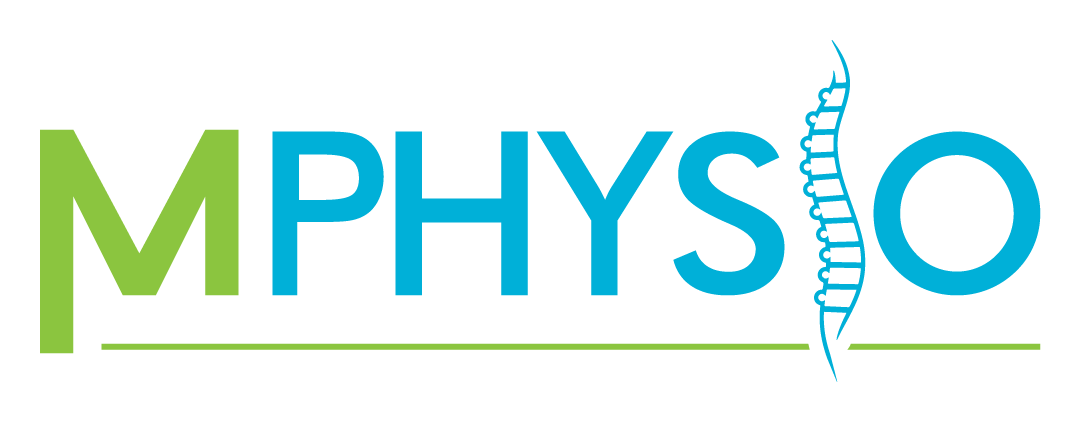
Musculoskeletal Physio for Sciatica Treatment
While Sciatica is not a medical diagnosis, it is a commonly described symptom by chronic Lower back pain patients.
The sciatic nerve is formed in the lumbar spine and travels down the posterior part of your leg towards your foot. For various reasons, this nerve may become irritated, compressed or inflamed. This can cause chronic pain and various other debilitating symptoms. You may be feeling a severe pain that is commonly described as searing or burning down your leg, constant pain in your buttock area or other neurological symptoms.
Sacro-iliac Joint Dysfunction
Sacroiliac joint dysfunction is the term given to developing persistent pain and symptoms arising from the joint in your buttock area. It is estimated that up to 30% of chronic low back pain arises from the Sacroiliac Joint Dysfunction.
The Sacroiliac Joints are the joints that connect the wedge-shaped sacrum to each pelvic bone. The Sacroiliac joints are designed to absorb and transfer your weight from your legs to your spine when walking, because of this they are inherently strong and stable.


Nerve Root irritation
Lumbar Nerve Root Irritation is when your spinal nerves become sensitised or irritated as they exit your spine, causing acute low back pain.
This can be because of changes in structure in your spine, like arthritis, spinal stenosis or osteophytes forming, and it can also be because of inflammation formed by the repetitive strain of soft tissue structures in your lower back.
When this happens, the nerve roots become irritated and pain can be felt down your leg. Along with persistent back pain, you may also feel changes in sensation, like numbness, tingling or pins and needles.
Radiculopathy
Lumbar nerve root compression or lumbar radiculopathy refers to nerve pain or neurological symptoms that arise from compression of the nerve root as it leaves the spine, travelling down the body causing leg pain.
The pain that arises is commonly felt in the leg and is commonly referred to as sciatica or lumbago. Weakness, numbness or other neurological and pain symptoms may also be present.

Back Pain Treatment Brisbane, Gold Coast & Sydney - FAQ
Will my Lower Back Pain go away?
Yes, lower back pain is very treatable in a large majority of cases. Once we have established that there is no medically serious cause of your lower back pain, we can provide a comprehensive physiotherapy assessment and establish a treatment plan designed to relieve pain in your lower back. Once you have been assessed, it is common for both your pain and function to steadily improve, and most people will see either a significant improvement or a full resolution of their Lower Back Pain within 12 weeks.
Should I see a physio for Lower Back Pain management?
Yes, physiotherapy can be a very effective treatment option to alleviate pain in your lower back. Physiotherapy aims to improve strength, flexibility, and function, as well as to reduce pain and inflammation. Pain management strategies may include various techniques such as manual therapy, prescription of an exercise program consisting of stretching exercises, such as hamstring stretches, core strengthening exercises, and leg strengthening exercises. Other modalities often affecting blood flow, like heat or ice therapy and electrical stimulation, are also provided for pain relief. Our experienced physiotherapists will also provide valuable education on posture correction and body mechanics to help treat the underlying cause and prevent further injury in the future.
Is physiotherapy an effective treatment for soft tissue injuries?
Yes, physiotherapy can be a highly effective solution to manage pain and treat soft tissue injuries that can cause back pain or neck pain. Physiotherapy interventions for these injuries, such as damage to muscles, tendons, ligaments or other connective tissues in the body, typically include a combination of manual therapy, exercise prescription, and education on injury management and prevention.
Do I need to get an MRI or X-Ray for Back Pain?
In most cases, no. While imaging can be helpful to identify any medical conditions or any structural damage that may be causing your lower back pain, these types of conditions are rare. Your physiotherapist will be able to let you know if you will require one, and can work with your doctor to organise a referral. If you have already had a scan, bring it in and your physiotherapist can go through it with you.
What are the different types of Lower Back Pain?
Most Lower Back Pain does not arise from any structure in your back specifically, instead it is likely a combination of factors that is causing your lower back pain. However, there are some specific causes that you may have been diagnosed with.
- Lumbar Nerve Root Compression (Radiculopathy)
- Nerve Root Irritation
- Spondylolisthesis
- Lumbar Disc Prolapse
- Sacro-Iliac Joint Dysfunction

